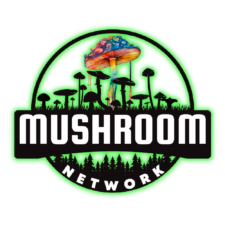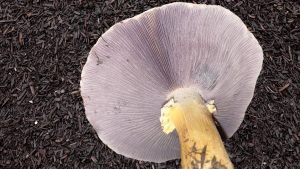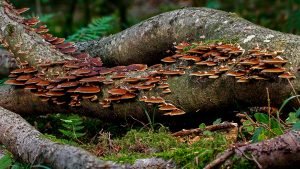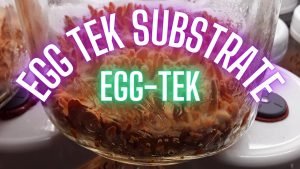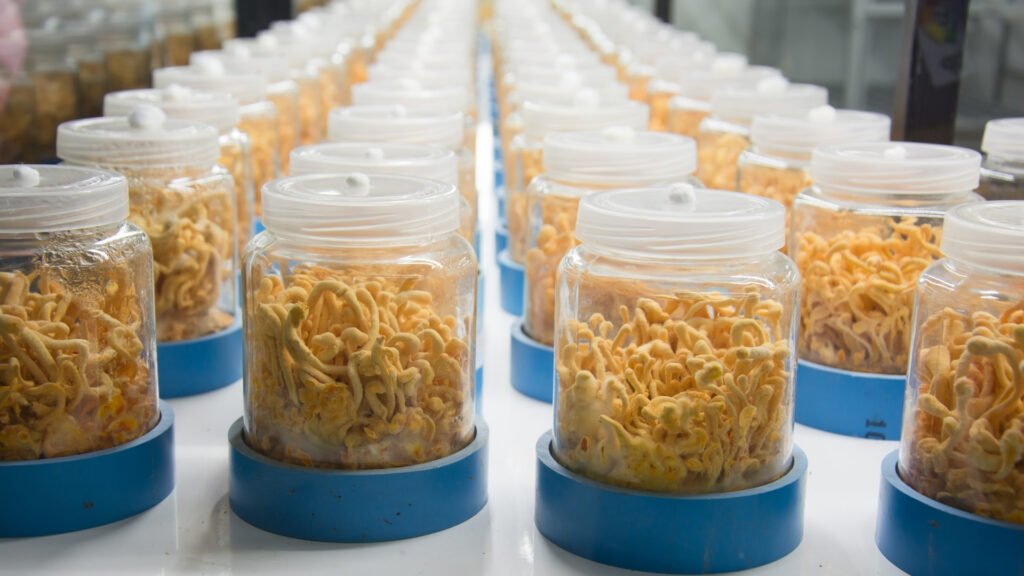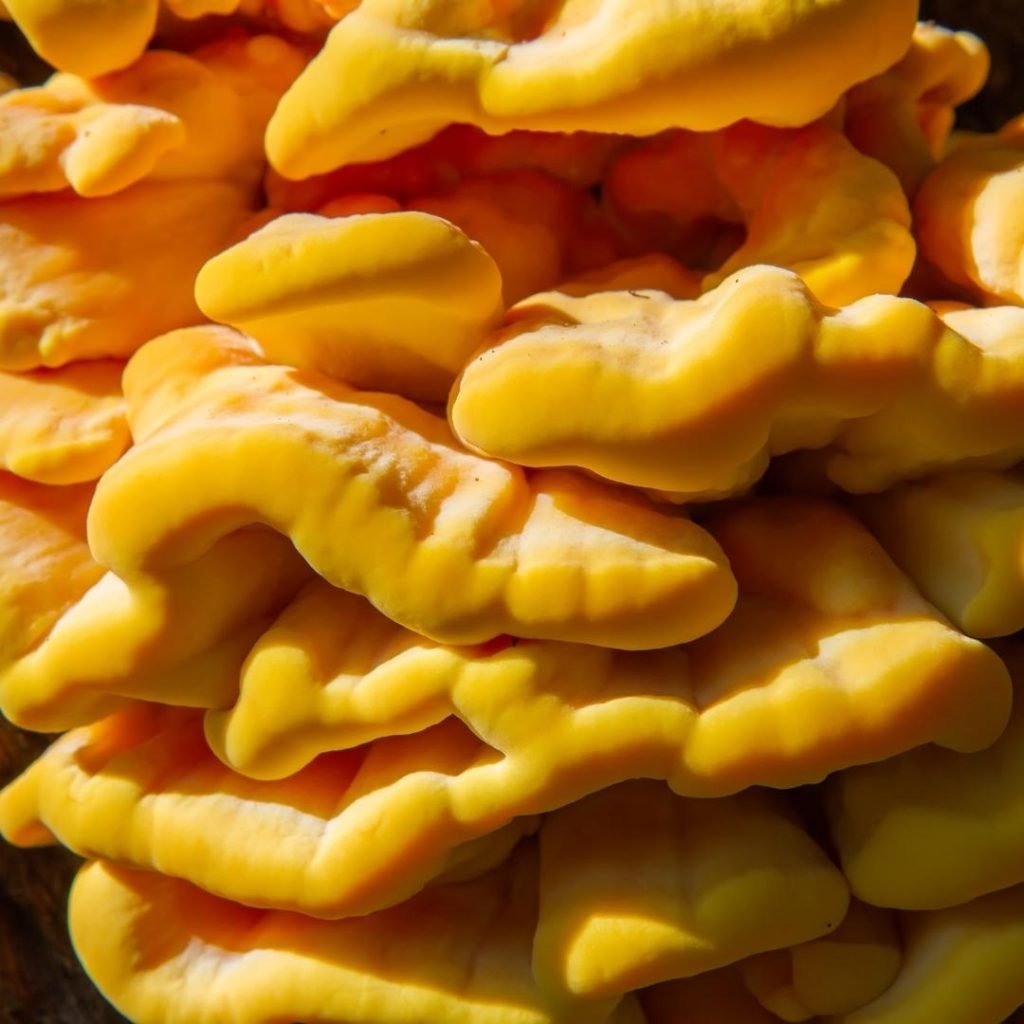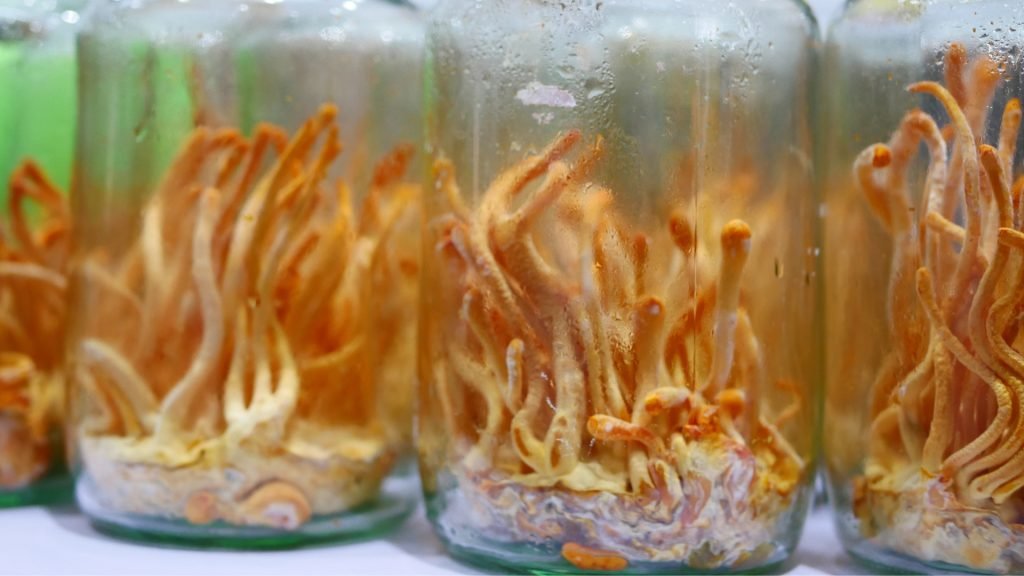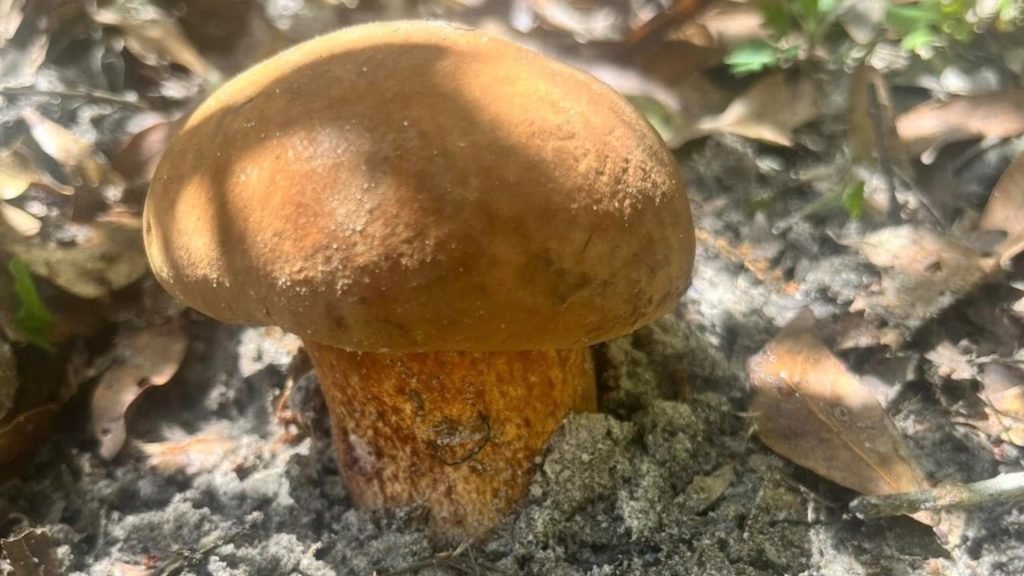Descend into the captivating world of mushroom identification through spore prints! These intricate and stunning patterns are not only an art form within the realm of mycology, but they also serve as a vital identification tool for mushroom enthusiasts. In this article, we will explore the importance of spore prints in mushroom identification, delve into different methods for creating them, and provide guidance on interpreting spore color and patterns.
To the uninitiated, a spore print might look like a mere dusting of color, but it’s so much more than that. By taking a spore print, you can unlock valuable information about a mushroom’s identity and genus. This method is a reliable and essential technique in mycology, where it is used alongside other criteria such as habitat, aroma, and season of fruiting.
Interpreting the spore prints requires a discerning eye. Apart from color, the shape and pattern of the print can offer additional clues about the mushroom’s species. Some mushrooms produce densely packed spore prints, while others are more loosely spread. These variations underline the immense diversity found within the world of fungi.
Spore prints are not uniform in color; they can range from white, cream, yellow, pink, all the way to dark brown or black. These colors serve as a key identification feature because certain colors are characteristic of certain mushroom families. For example, the Agaricus family, which includes the common button mushroom, usually produces a chocolate-brown print.
Creating spore prints is a simple, yet deeply rewarding process. It involves cutting off the mushroom’s stem and placing the cap on a piece of paper or foil, gills or pores down. After several hours or overnight, the spores will drop from the cap, creating a unique print. The color and pattern of these prints can give us important clues about the mushroom’s identity. However, care must be taken when working with unknown mushroom species, as some may be toxic or even deadly.
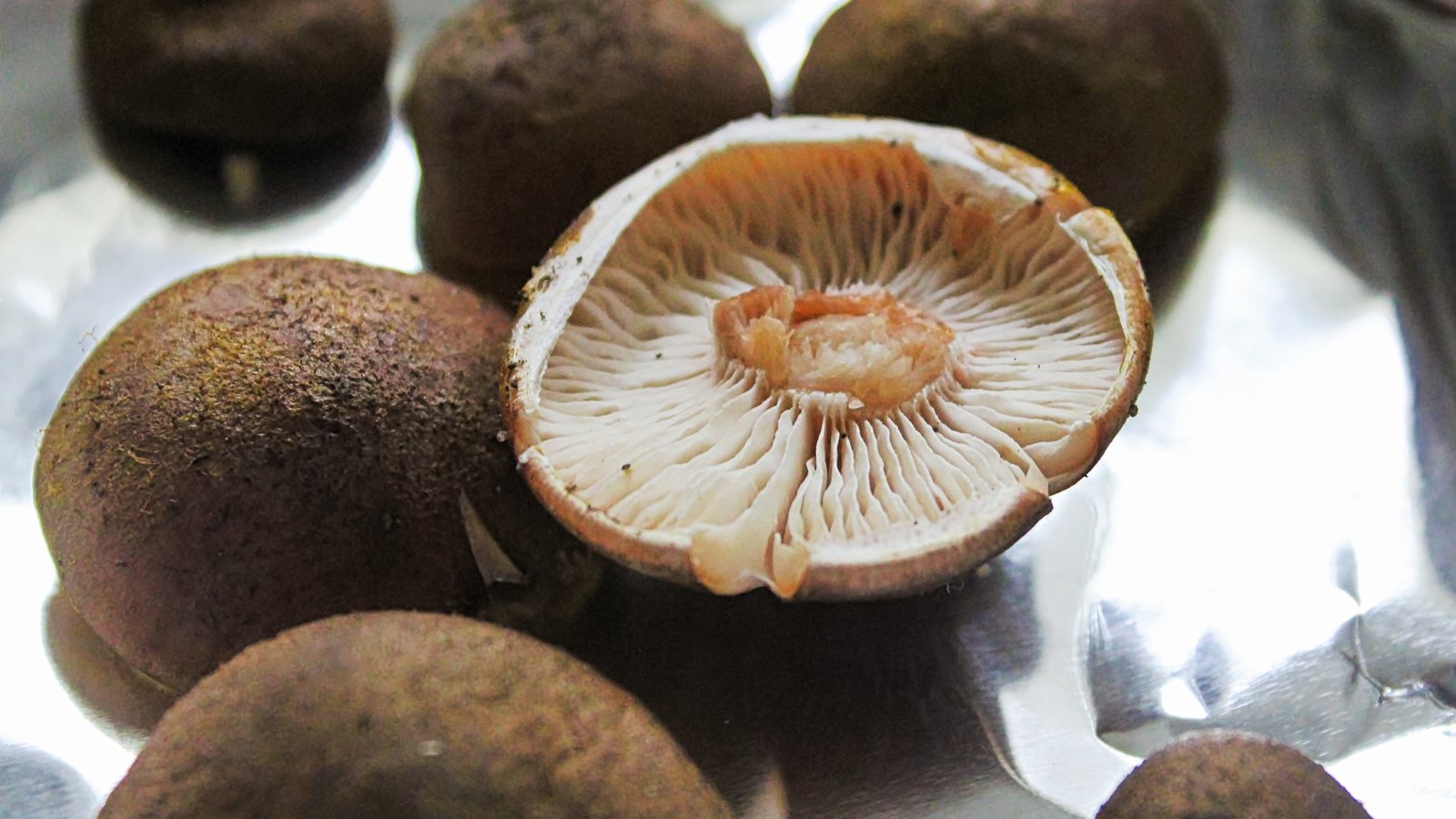
Like detectives, mycologists utilize spore prints as part of a larger toolkit to identify mushroom species, as some mushrooms that look identical from the outside may have different colored spore prints, signifying different species. Spore prints range in color from white, cream, and yellow, to pink, brown, and black, and each of these colors relates to a certain group of mushrooms.
Through your journey of discovery, the 🍄 Mushroom Network offers a myriad of resources to help you delve deeper into the intriguing world of mycology. Our platform not only provides informative articles like this one, but we also offer courses – both free and paid – for those eager to expand their mycological knowledge. Along with education, you can find agar, mycology supplies, and a wealth of diverse genetics in our marketplace. However, one of the standout features of the 🍄 Mushroom Network is our thriving social network. This community enables collaboration, advocacy, and a shared passion for making a positive impact within the world of mycology.

At the 🍄 Mushroom Network, we endeavor to guide you through the mesmerizing world of mycology. We offer an array of resources to support your exploration, including in-depth articles, courses, and a bustling marketplace. Our offerings range from essential supplies for the aspiring mycologist, such as agar and cultivation equipment, to a diverse range of mushroom genetics that cater to both beginners and advanced enthusiasts.
Our Network’s core, however, lies in its vibrant community of mushroom enthusiasts. The social aspect of the 🍄 Mushroom Network fosters collaboration and knowledge sharing, enabling members to learn from each other’s experiences and discoveries. We believe in empowering our members to make a significant contribution to the world of mycology and the broader scientific community.
As a part of our network, you are warmly invited to visit our Mycologist Marketplace. Here, you can support small-scale mycologists who are passionate about cultivating and preserving diverse mushroom species. Every purchase you make directly benefits these dedicated individuals, enabling them to continue their invaluable work. In return, you get access to a cornucopia of unique mushroom genetics that you can’t find anywhere else.
In closing, the process of creating and studying spore prints is a rewarding venture that combines art, science, and a sense of discovery. pore prints not only encapsulate the beauty and diversity of mushrooms, but they also play a crucial role in their identification. Through creating and studying these prints, you embark on a fascinating journey that deepens your connection to the world of fungi. Just as each mushroom leaves a unique spore print, your exploration leaves a lasting imprint on your understanding of nature. At the 🍄 Mushroom Network, we are committed to supporting you on this journey and providing you with the resources to explore the intricate world of fungi. So, take that first step, create your spore print, and unlock the fascinating mysteries that mushrooms have to offer!
The Ecosystem’s Ally: How the Wine Cap Enhances Its Environment
When you picture an ally to our ecosystems, the Wine Cap Mushroom (Stropharia Rugosoannulata) may...
Keep Reading...Lion’s Mane (Hericium Erinaceus)
Dear Mycelium enthusiasts, scholars, and the fungi-curious alike, buckle up as we embark on a...
Keep Reading...Foraging in Forgotten Forests: A Guide to Untapped Territories
Foraging for fungi is not just a leisure activity or a means to culinary delight....
Keep Reading...Egg TEK for Mycology: A Comprehensive Guide
The world of mycology is expansive, with enthusiasts and experts alike continuously experimenting to derive...
Keep Reading...